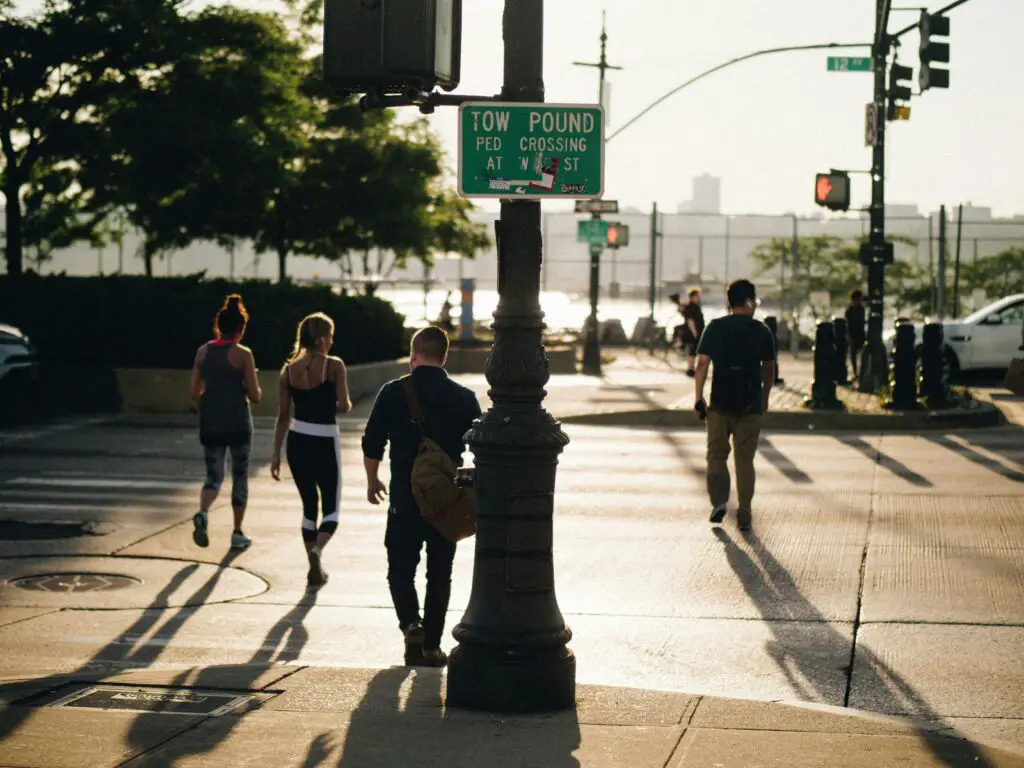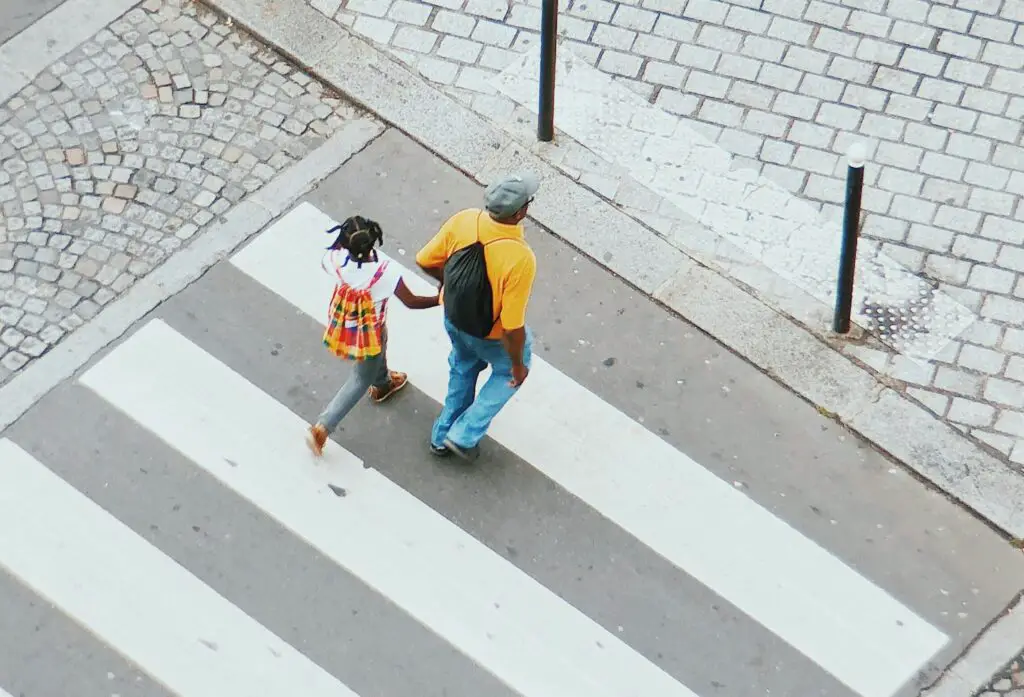Despite signs, markings, and crossing guards, pedestrian accidents still happen. Fortunately, many are minor or prevented before they occur. Pedestrian right-of-way laws present a unique issue. While it’s commonly understood that drivers should yield to pedestrians, pedestrians remain vulnerable in vehicle collisions despite often having the right of way. Today, we’ll examine pedestrian right-of-way laws through this viral close-call collision.
Close Call Collision Caught on Tape
The viral video we’re examining today comes from Poland. The dashcam footage shows a car traveling on a small road near some houses.
In the video, a car travels along the road, heading for a marked pedestrian crosswalk. At the same time, a pedestrian begins to cross the street, carrying a bag of groceries. Right before the two collide, the driver slows down, allowing enough time for the pedestrian to stumble back in shock.
In the wake of the close-call collision, the driver speeds away. In a lovely twist of fate, a police officer traveling in the opposite lane makes a hasty U-turn, presumably to track down the driver and deliver some much-deserved justice.
Who Has The Right of Way in the Video?
According to social media attorney Ugo Lord, this is a pretty cut-and-dry situation. The pedestrian walked onto the road, unaware that the car had failed to slow down. It is always the responsibility of drivers to be aware of pedestrians on the road. This applies especially when pedestrians are crossing or preparing to cross a designated crosswalk. At pedestrian crosswalks, the pedestrian always has the right of way.
Additionally, we can see other cars on the road stopping for pedestrians to cross. This likely indicated to the pedestrian that walking was safe, making their actions completely reasonable.
The driver is responsible for not checking the road and putting the pedestrian in serious danger!
Pedestrian Right of Way Laws: When Do They Apply?

In most legal situations, laws vary by state, making liability analysis difficult. The National Committee on Uniform Traffic Laws and Ordinances (NCUTLO) publishes the Uniform Vehicle Code to guide state legislatures. While some states have unique driving laws, most follow the basic guidelines outlined in the Uniform Vehicle Code.
The code states that cars must yield to pedestrians crossing a designated crosswalk. Cars should not cross railways or crosswalks unless they can provide a safe passing distance for pedestrians and other vehicles.
In the event of a pedestrian crash, the pedestrian is more likely to sustain major injuries than the driver. Thus, it is pertinent for drivers to be vigilant and cautious of pedestrian activity when driving. This is true even in places without crosswalks nearby.
These laws generally apply to both marked and unmarked crosswalks. Marked crosswalks are those that have lines on the road. Often, they also have some signage or light signal to indicate when pedestrians are crossing. Unmarked crosswalks are natural areas pedestrians can cross that often lack clear signage or markings, such as intersections.
Are Pedestrians Ever Liable for Pedestrian Accidents?
While it is the driver’s responsibility to avoid hitting pedestrians, it is also the pedestrian’s responsibility to behave safely around roads. Pedestrian right-of-way laws state that aside from marked and unmarked crosswalks, pedestrians are expected to yield to vehicles on the roadway. Pedestrians are also not allowed to run into the road. They are also likely to use designated crosswalks when available.
In most situations, it is the driver’s responsibility when getting in a pedestrian accident. Pedestrian right-of-way laws put a lot of stress on driver responsibility. This means any accident involving distracted driving, improper signaling, or negligence falls on the driver.
There are some instances where a pedestrian can be responsible for an accident. If a pedestrian is under the influence, deliberately running into the street, illegally crossing the road, or disobeying traffic laws, their behavior may leave them at fault.
Bad Road Design Playing a Role in Pedestrian Accidents

What if it’s not necessarily the responsibility of the driver or the pedestrian for an accident? External factors such as road damage, poorly designed roadways, or improper signage sometimes increase the chances of a crash. If a factor outside your control played a part in a collision, it is possible to sue the city if they are at fault. Beware, doing so can often be challenging and usually requires a substantial amount of evidence.
For example, imagine a road with a sharp curve near a pedestrian area, where the crosswalk lights have been out of order for months, forcing pedestrians to cross in the dark. If the city has been notified and failed to address the issue, it could be argued in court that crashes resulting from this hazardous road design are the city’s responsibility.
Like any legal case, suing for poor road conditions requires you to prove that the city had a duty of care that they breached in some way. Linking these ideas together, you must prove that they were aware of the foreseeable dangers their inaction could cause. Supporting cases like this is tough but not impossible. To do so, many suggest compiling evidence showing formal complaints against the road conditions, facts of crashes that occurred because of those conditions, and timelines showing when or if the city acted to fix the issue.
Regardless of the situation that causes a pedestrian crash, picking up the pieces after can be challenging. If you were part of a crash and think you have a case, consider contacting a seasoned legal professional for counsel and guidance.

